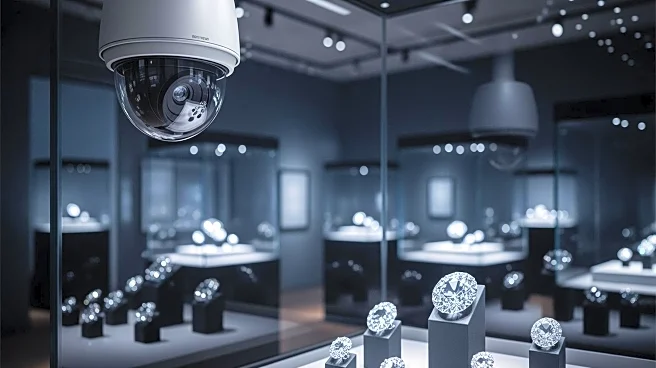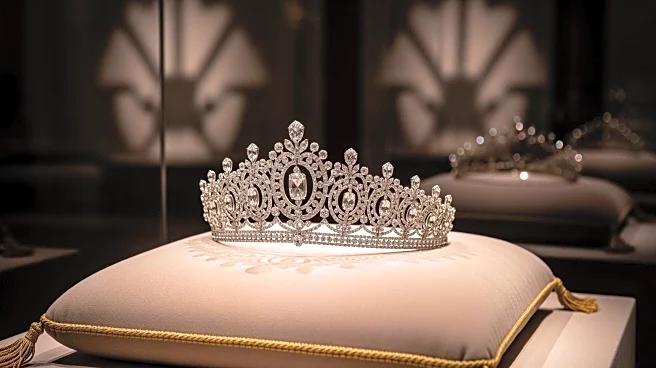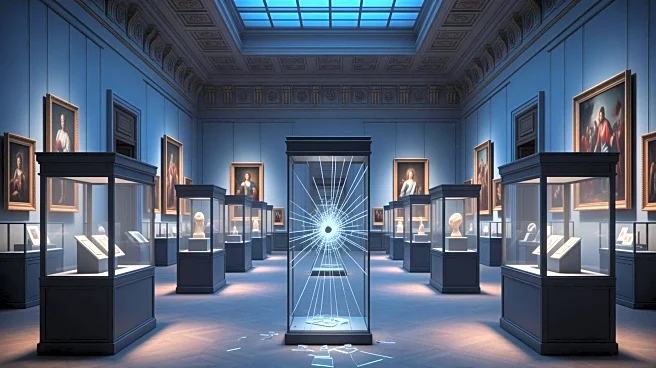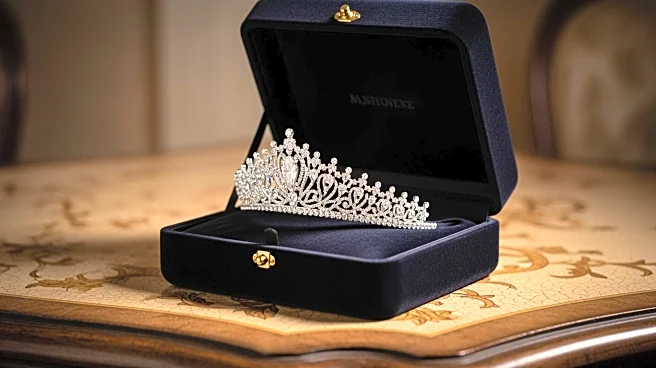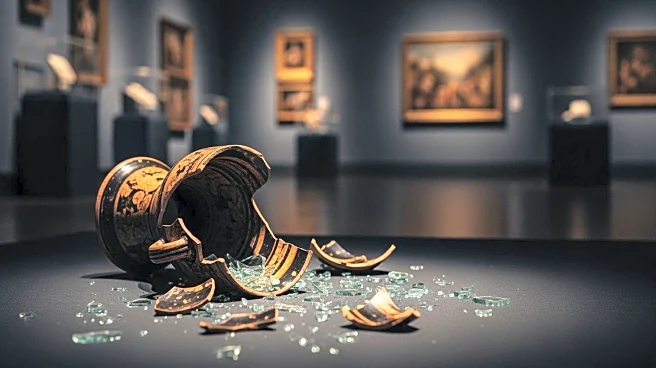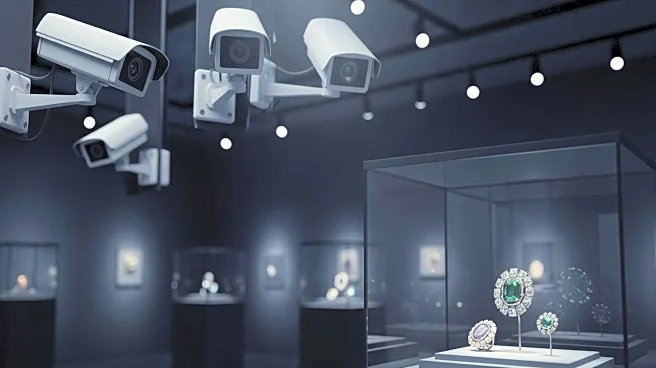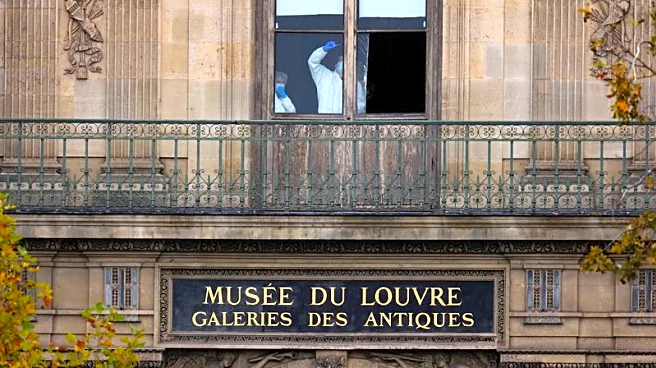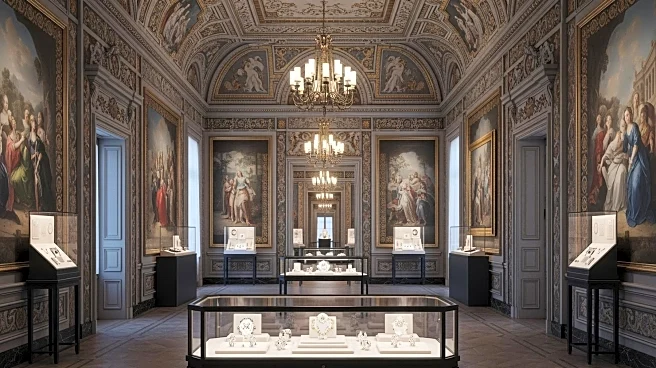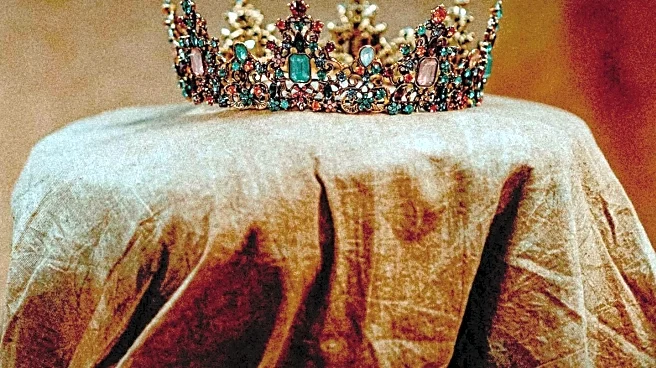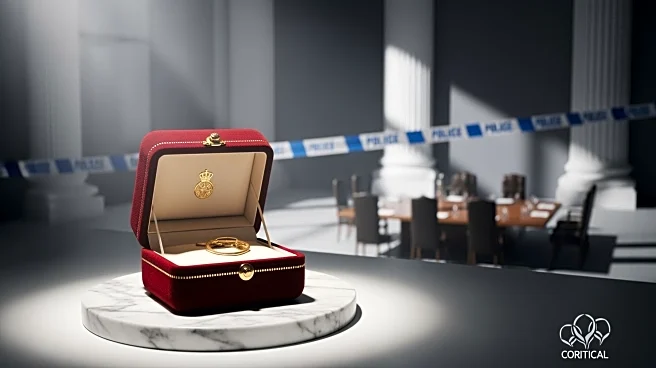What's Happening?
A video has surfaced showing the escape of thieves from the Louvre Museum after stealing jewels worth over $100 million. The heist occurred on October 19, when robbers used a truck with an extendable ladder
to access a second-floor balcony. They shattered a window, stole eight pieces of jewelry, and fled on motorbikes. The museum was closed for several days following the incident. The Louvre's director, Laurence des Cars, testified before a French Senate committee, acknowledging the failure to detect the thieves early and offering her resignation, which was not accepted.
Why It's Important?
The heist highlights significant security lapses at one of the world's most prestigious museums, raising concerns about the protection of cultural assets. The incident has prompted discussions about the need for enhanced security measures in museums globally. The video evidence could play a crucial role in the ongoing investigation, potentially aiding in the identification and capture of the suspects. The event also underscores the challenges faced by cultural institutions in safeguarding valuable collections while maintaining public accessibility.
What's Next?
Authorities are continuing their investigation to recover the stolen items and apprehend the suspects. The Louvre may face increased scrutiny and pressure to upgrade its security systems to prevent future incidents. The museum's management will likely need to address public and governmental concerns about the safety of its collections. The incident could lead to broader discussions about security protocols in museums worldwide, potentially resulting in increased investment in advanced surveillance technologies.
Beyond the Headlines
The heist raises broader questions about the security of cultural institutions and the ethical implications of using criminal events for marketing purposes. It also highlights the challenges museums face in balancing public access with the protection of valuable artifacts. The incident could prompt a reevaluation of security protocols in museums worldwide, potentially leading to increased investment in advanced surveillance technologies.


